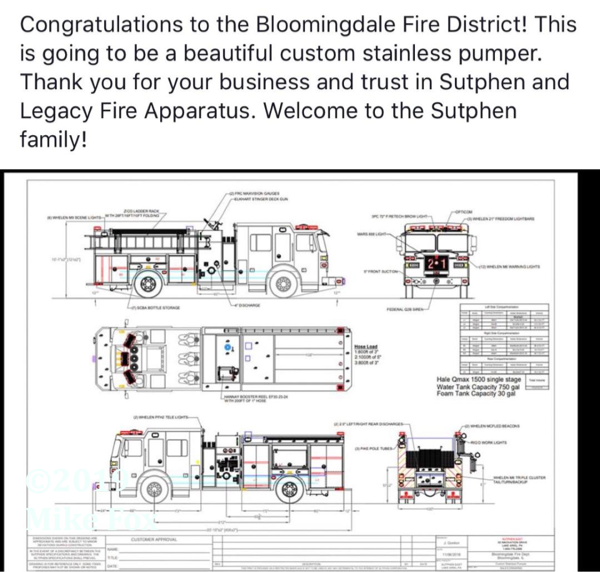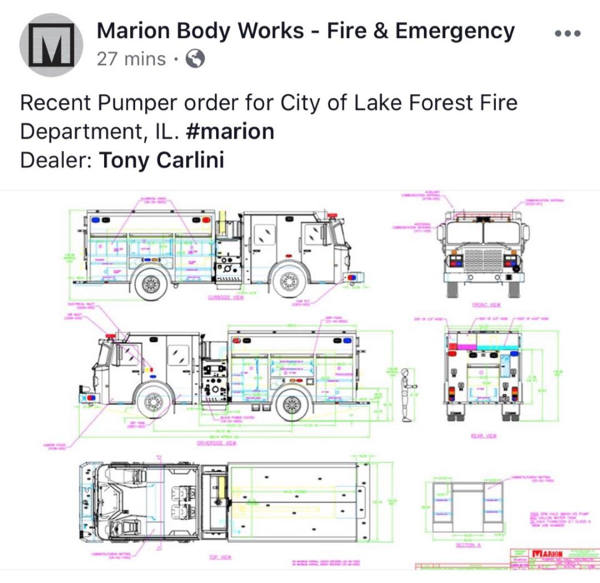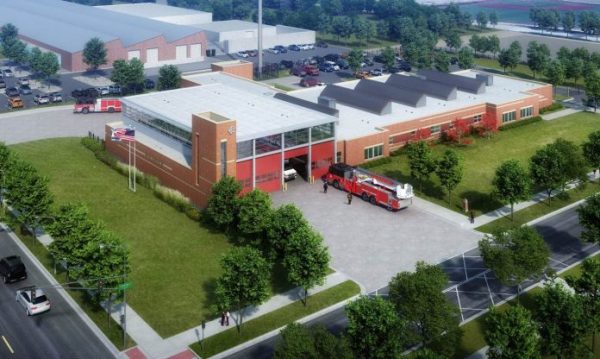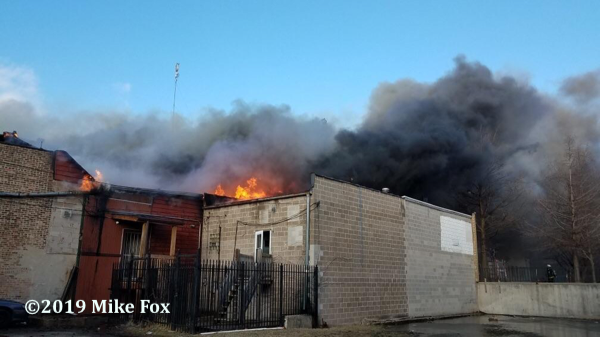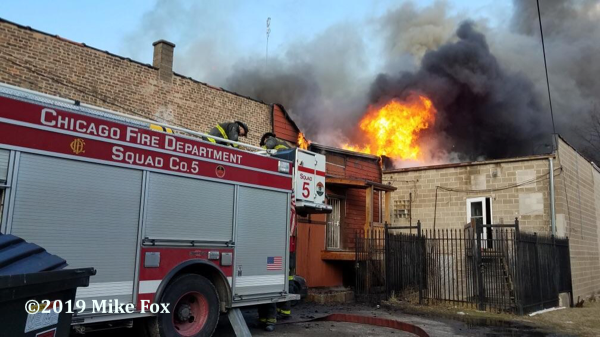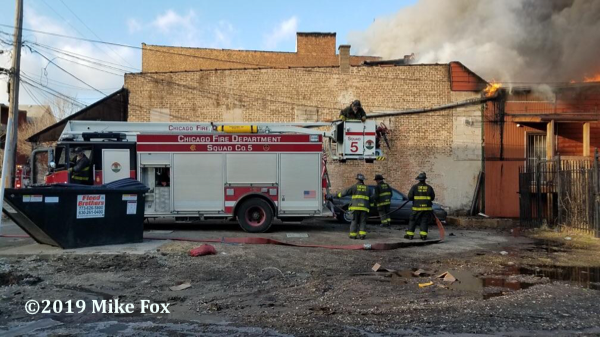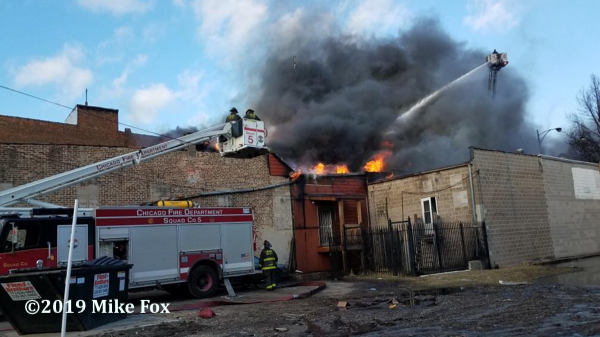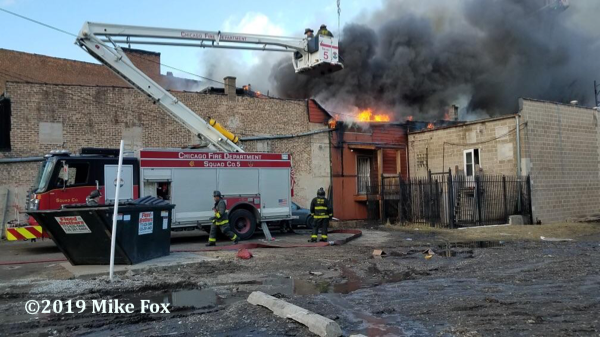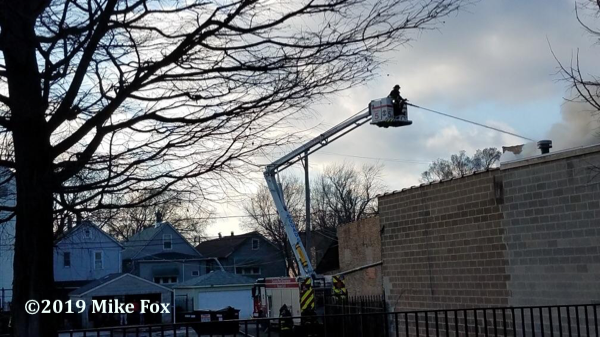Excerpts from abc7chicago.com:
Firefighters responded to a fire in a four-unit townhouse in the 1800-block of Carnation Court on the city’s west side around 1:57 p.m. where a 4-year-old girl died and two other people were injured in a fire Wednesday afternoon in Aurora.
A 25-year-old woman and a 5-month-old girl were being treated at Loyola University Medical Center for smoke inhalation and burns.
